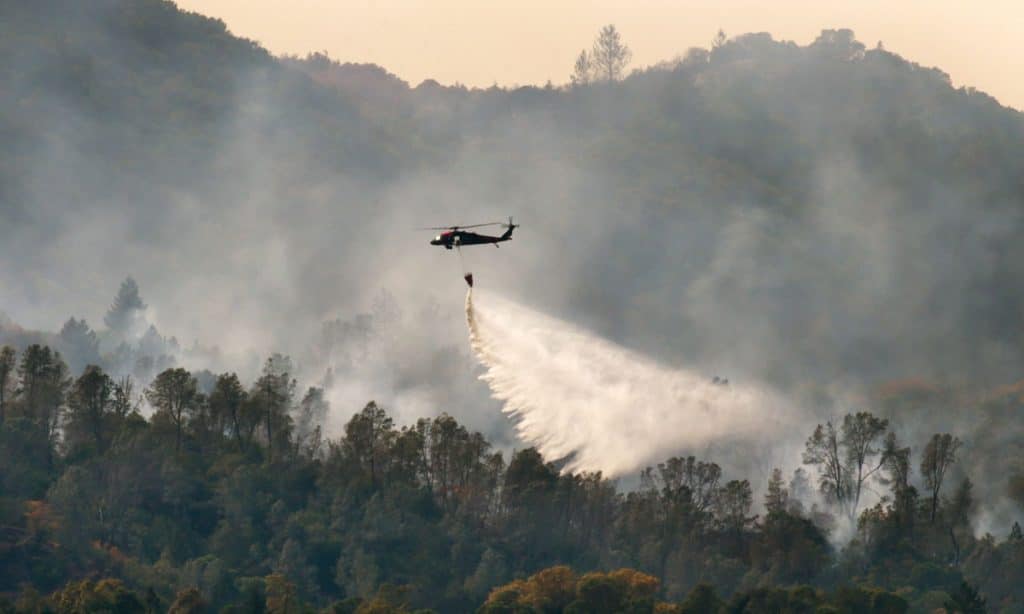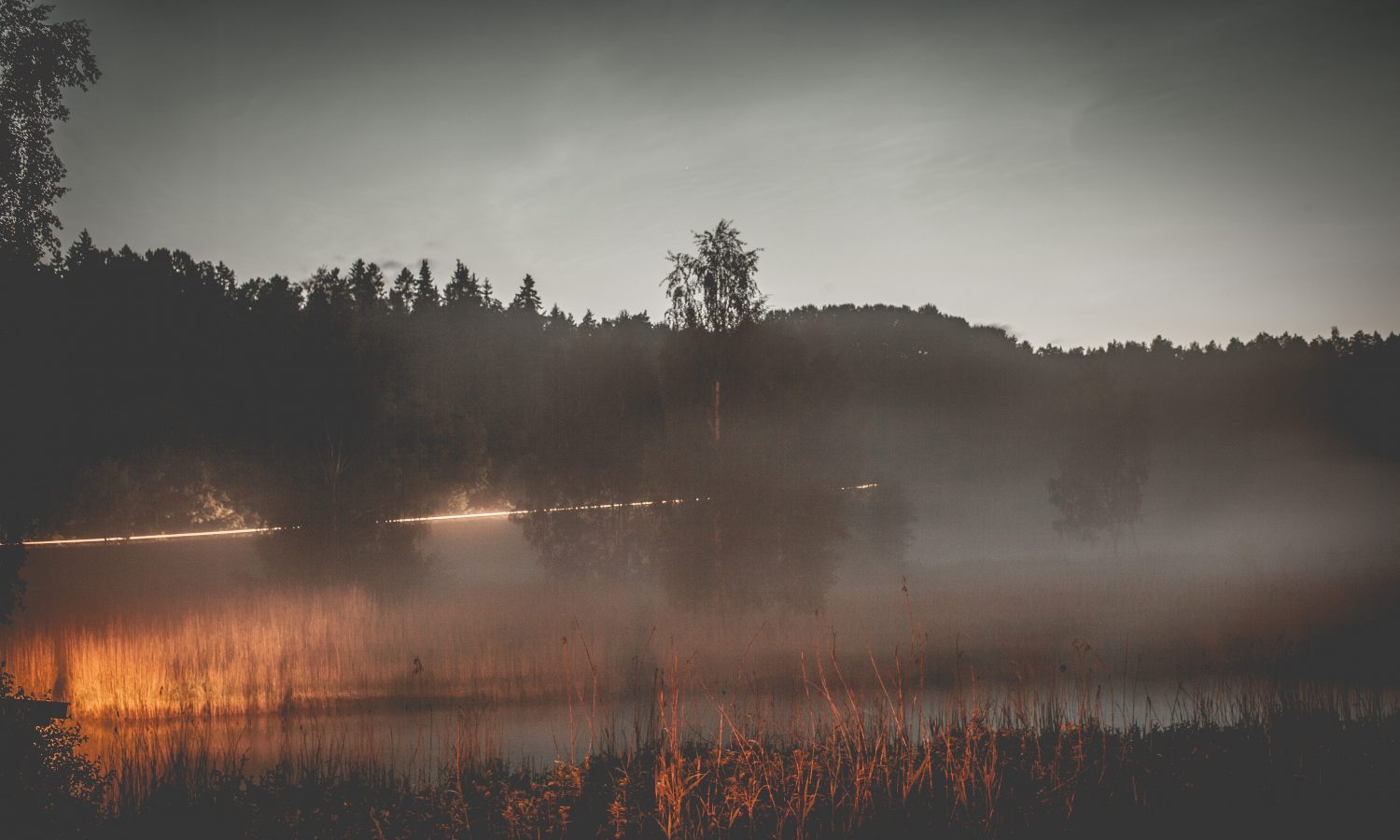Evacuations mean that plants cannot be tended, irrigated, and harvested and high winds can be just as deadly to plants as fire, as well as debris.
The West Coast wildfires may finally be slackening a bit thanks to kinder winds, merciful rain, and the heroic efforts of firefighters from Canada to Mexico, but the fight is far from over for cannabis growers whose crops went up in smoke and cannabis companies who will be struggling to stay afloat due to the diminished supply. The one-two punch of COVID-19 and the historic fires that ravaged (and in some cases are still ravaging) huge swaths of the western states may prove to be more than some businesses can withstand despite some industry leaders stepping up to lend a hand.
High winds, hurricanes, and these record-smashing fires are painting an even grimmer picture for 2020-21, particularly for states such as Oregon, one of the country’s top hemp-producing regions. Prior to the onset of the fires, Oregon farms were anticipating bumper crops. However, data from the Oregon Department of Agriculture, the National Interagency Fire Center, and Oregon’s Office of Emergency Management analyzed in a recent report by Hemp Benchmarks estimates that as of September 15, 17% of grow sites statewide were facing imminent danger from wildfires.
The latest report from Hemp Benchmarks said, “According to a September 11 update from the Oregon Department of Agriculture (ODA), 35% of the state’s 26,365 acres registered for outdoor hemp cultivation are located in the two aforementioned jurisdictions.” (Jackson and Josephine Counties, located in Oregon’s Southwestern Valleys.)
RELATED: The Oregon Fires And Cannabis
Unfortunately, actual burning is not the only threat that the fires pose to the cannabis industry. Evacuations mean that plants cannot be tended, irrigated, and harvested and high winds can be just as deadly to plants as fire, as well as debris, not to mention the myriad risks to human safety. A reduction in lab availability and capacity will slow required testing turnaround while supply chain disruption in the face of increasing demand and the natural end of the cultivating season means fewer chances for growers to recoup their losses and replenish the shortfall.

But farmers, workers, and entrepreneurs need not face these challenges alone. San Diego-based Platinum Vape donated $5000 to the CalFire Benevolent Foundation, while Mondo, the brand known for its dissolving CBD powder, is giving away free jars of the stuff to firefighters, healthcare workers, and government workers. Henry’s Original in Mendocino, California is offering to store other grower’s licensed products as moving products to unlicensed areas, even in evacuation scenarios, is restricted.
Given the fact that cannabis growers are ineligible for crop insurance and have far less access to bank loans, who better than the cannabis community itself to identify problems and extend solutions to help its own? With months of backbreaking recovery efforts and supply chain fluctuation ahead, one can only hope that this brand of intra-industry aid continues.
RELATED: The California Fires and Cannabis
Wild weather is hardly a new threat to the agricultural sector, but the past year alone has seen a truly remarkable level of destruction wrought on crops and companies alike. A year ago in October, a catastrophic hailstorm and early freeze in Colorado caused 200,000 mature plants to be lost from one outdoor cannabis farm (Los Suenos) alone. A rogue derecho leveled 43% of Iowa’s crops in August, and Hurricane Laura walloped cannabis crops in Louisiana that same month.
Hemp Benchmarks wrote that as of September 11, the following grow sites and cultivation areas were within fire perimeters or Level 2 or 3 evacuation zones.
Grow Sites within Fire Perimeters
- 50 sites (1% of statewide total)
- 103 acres (0.4%)
- 99,976 square feet (1%)
Grow Sites within Level 3 Evacuation Zones (Leave Immediately)
- 196 sites (4%)
- 650 acres (2%)
- 721,716 square feet (7%)
Grow Sites within Level 2 Evacuation Zones (Be Set – Prepare to Leave at a Moment’s Notice)
- 576 sites (12%)
- 2,097 acres (8%)
- 1,142,955 square feet (12%)


